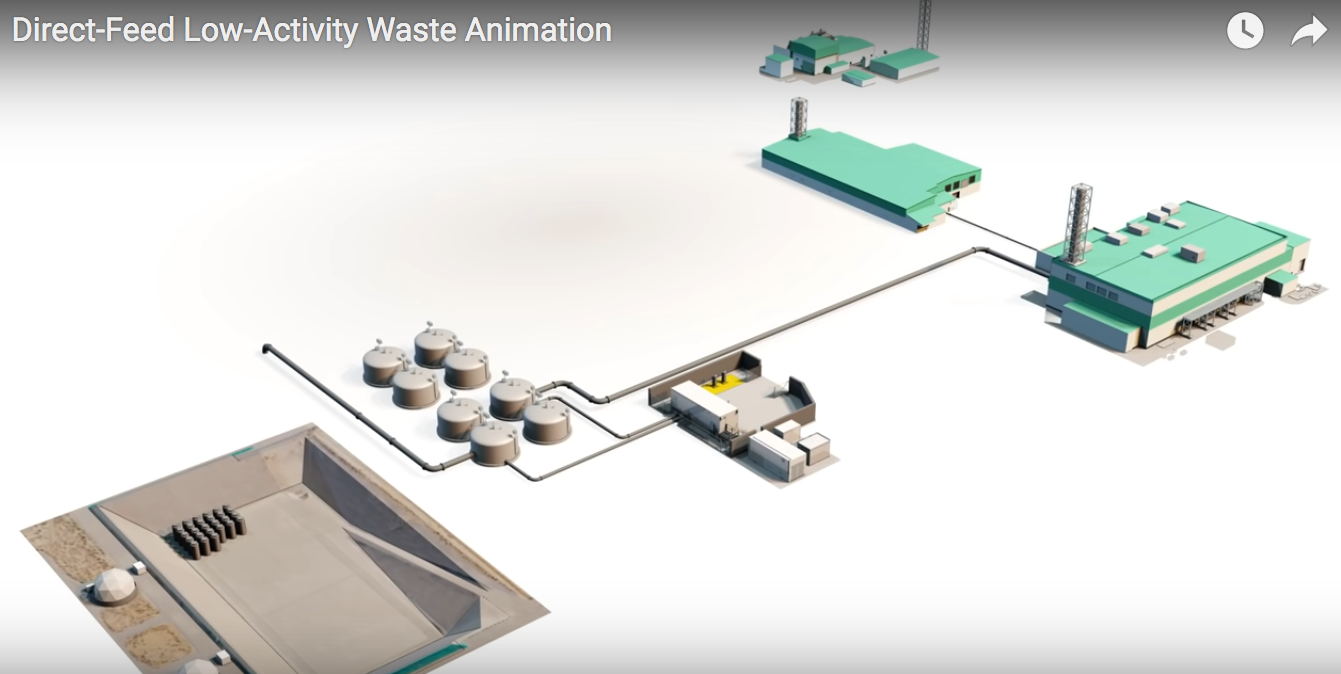Spent fuel in dry cask storage at the closed Kewaunee nuclear power plant. (Photo: NAC International)
The Department of Energy has restarted its consent-based siting process for identifying sites to store the nation’s spent nuclear fuel. Yesterday, the DOE issued a request for information that “will be used to further develop DOE’s consent-based siting process and overall waste management strategy in an equitable way.”
Electrician Ralph Bisla conducts tests of the finishing line inside Hanford’s WTP Low-Activity Waste Facility. (Photo: DOE)
Having completed all startup testing of components and systems, the Waste Treatment and Immobilization Plant (WTP) at the Hanford Site near Richland, Wash., has moved to the commissioning phase, the Department of Energy’s Office of Environmental Management (EM) announced last week. During the commissioning phase, the final steps will be taken to prepare for the vitrification of radioactive and chemical waste as part of Hanford’s Direct-Feed Low-Activity Waste (DFLAW) program.
The Humboldt Bay nuclear power plant as seen from Humboldt Hill in 2010. (Photo: Wikimedia Commons.)
The license for Pacific Gas & Electric Company’s Humboldt Bay Unit 3 nuclear power plant near Eureka, Calif., has been terminated by the Nuclear Regulatory Commission, and the site has been released for unrestricted use. A 65-MWe boiling water reactor plant, Humboldt Bay-3 operated commercially from 1963 to 1976.
Crews pump waste from Hanford’s single-shell tanks to more stable double-shell tanks. (Photo: DOE)
The Department of Energy is considering solidifying 2,000 gallons of Hanford’s tank waste and disposing of it as low-level radioactive waste at an off-site facility. A virtual public meeting on the proposed disposal plan is scheduled for November 18.
DOE liquid waste contractor Savannah River Remediation is moving forward with Saltstone Disposal Unit projects to support the Salt Waste Processing Facility at the Savannah River Site.
The Department of Energy’s Office of Environmental Management (EM) has authorized the use of a second mega-volume saltstone disposal unit (SDU) at the Savannah River Site in South Carolina. Savannah River Remediation (SRR), EM’s liquid waste contractor at SRS, received Critical Decision-4 for Saltstone Disposal Unit 7, marking the final step in the approval process before beginning operations.
A truck loaded with waste crosses the scale at the East Tennessee Technology Park at Oak Ridge. Each truck used by Oak Ridge contractor UCOR is equipped with a unique radio frequency identification card that logs its movements and weight and registers the data in a database.
UCOR, the primary contractor for the Department of Energy’s Oak Ridge Office of Environmental Management (OEM), recently transitioned to a new waste tracking system that improves how shipments are tracked from work sites to disposal locations.
The new system includes upgraded radio frequency identification (RFID) tracking for trucks, as well as new hardware and software, allowing for an automated tracking operation that delivers up-to-the-minute waste disposal data.
Wisconsin’s Kewaunee nuclear power plant, which shut down in 2013, is being transitioned to decommissioning. (Photo: Wikimedia Commons)
The Nuclear Regulatory Commission on Wednesday approved a proposed rule to amend its regulations for nuclear power plants that are transitioning from operations to decommissioning. After changes requested by the NRC commissioners are made by agency staff, the proposed rule will be published in the Federal Register, initiating a 75-day comment period.
The Defense Waste Processing Facility at the Savannah River Site in South Carolina. (Photo: DOE)
The Department of Energy’s Office of Environmental Management (EM) has awarded Savannah River Mission Completion (SRMC), of Lynchburg, Va., the Integrated Mission Completion Contract at the Savannah River Site near Aiken, S.C. The single-award, master indefinite delivery/indefinite quantity contract has an estimated contract ceiling of approximately $21 billion over a 10-year ordering period, with cost-reimbursement and fixed-price task orders to define the contract performance.
EM crews demolish Building 9207 in the former Y-12 Biology Complex at Oak Ridge earlier this year. (Photo: DOE)
The Department of Energy’s Office of Environmental Management (EM) has awarded a 10-year, $8.3 billion contract to United Cleanup Oak Ridge (UCOR), of Germantown, Md., for the cleanup of the Oak Ridge Reservation in Tennessee, including the Y-12 National Security Complex, Oak Ridge National Laboratory, and the East Tennessee Technology Park (ETTP).
Research teams from the NWMO and the University of Guelph conduct eDNA sampling in the Ignace area of Ontario, Canada. (Photo: NWMO)
Canada’s Nuclear Waste Management Organization (NWMO) is working with the University of Guelph to launch a joint environmental DNA (eDNA) research program to further understand biodiversity conditions around two potential sites in Ontario for a deep geological repository for spent nuclear fuel.
Sealed steel containers of uranium mill tailings are loaded onto railcars at the DOE’s Moab Site in preparation for transport to the Crescent Junction disposal cell. (Photo: DOE)
The Department of Energy’s Office of Environmental Management (EM) announced that it has accomplished another of its 2021 priorities by permanently disposing of a cumulative 12 million tons of uranium mill tailings from the Moab Site in Utah. The announcement, made on October 26, follows last week’s report by EM that it has shipped more than 1 million tons of tailings for disposal in fiscal year 2021, which ended on September 30, the largest annual amount since FY 2012.
An aerial view of Hanford’s Liquid Effluent Retention Facility Basin 44 with its new cover installed. (Photo: DOE)
Record-breaking heat and the vast size of the job did not stop the Department of Energy’s Office of River Protection and its tank operations contractor, Washington River Protection Solutions (WRPS), from completing a construction project critical to the Hanford Site’s Direct-Feed Low-Activity Waste program for treating radioactive tank waste.
Hanford’s Waste Treatment and Immobilization Plant, also known as the Vit Plant. (Photo: Bechtel National)
The Department of Energy’s Office of Environmental Management (EM) has issued a final request for proposal (RFP) for the Hanford Integrated Tank Disposition Contract, a 10-year, $45 billion deal to oversee waste tank operations at the DOE’s Hanford Site near Richland, Wash. Proposals are due by December 20.
The 100-BC Area (in green) within the Hanford Site. (Image: DOE)
Soil and groundwater contamination at the Hanford Site’s 100-BC Area will be treated under a record of decision (ROD) signed by the Department of Energy and the Environmental Protection Agency, with the concurrence of the Washington State Department of Ecology.
A screen shot from Hanford’s DFLAW animation. (Image: DOE)
The Department of Energy’s Office of Environmental Management (EM) has released an animated video of the Direct-Feed Low-Activity Waste (DFLAW) Program at the Hanford Site near Richland, Wash. The video shows the integrated procedure for treating Hanford’s radioactive tank waste, a process EM says is a key component of its strategic cleanup vision.
View the animation here.



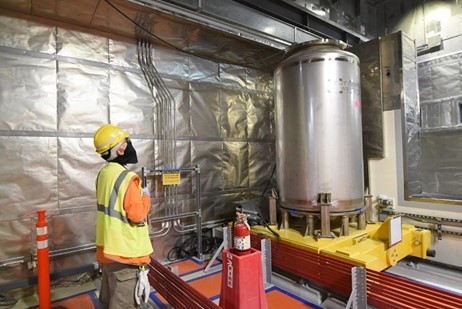




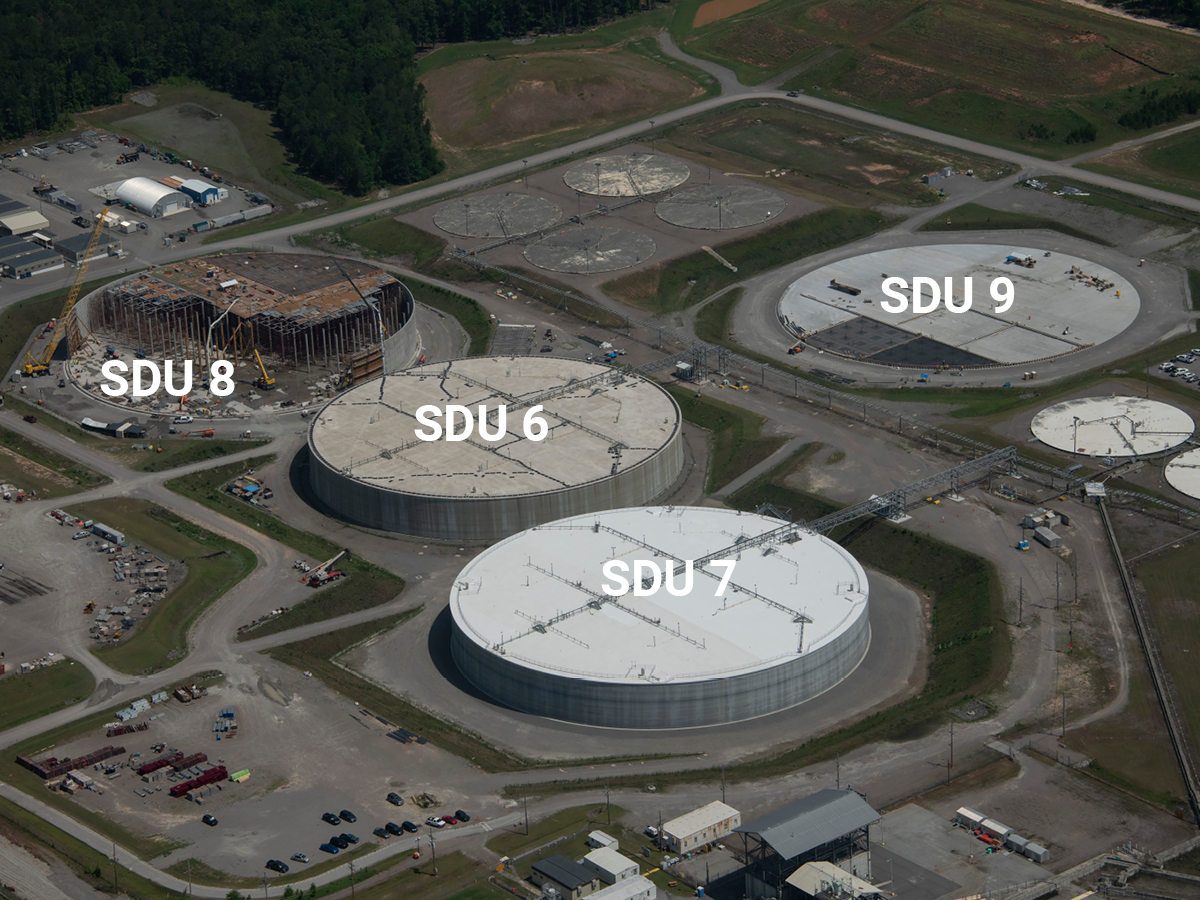


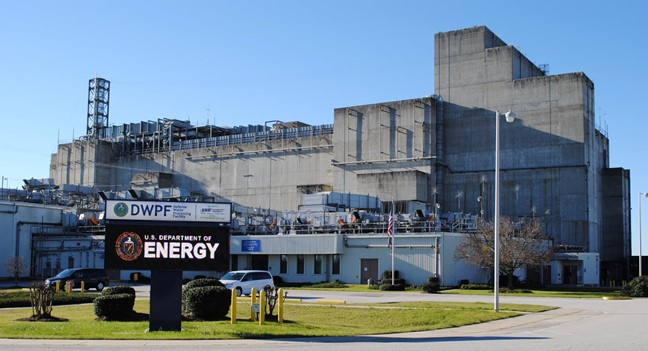




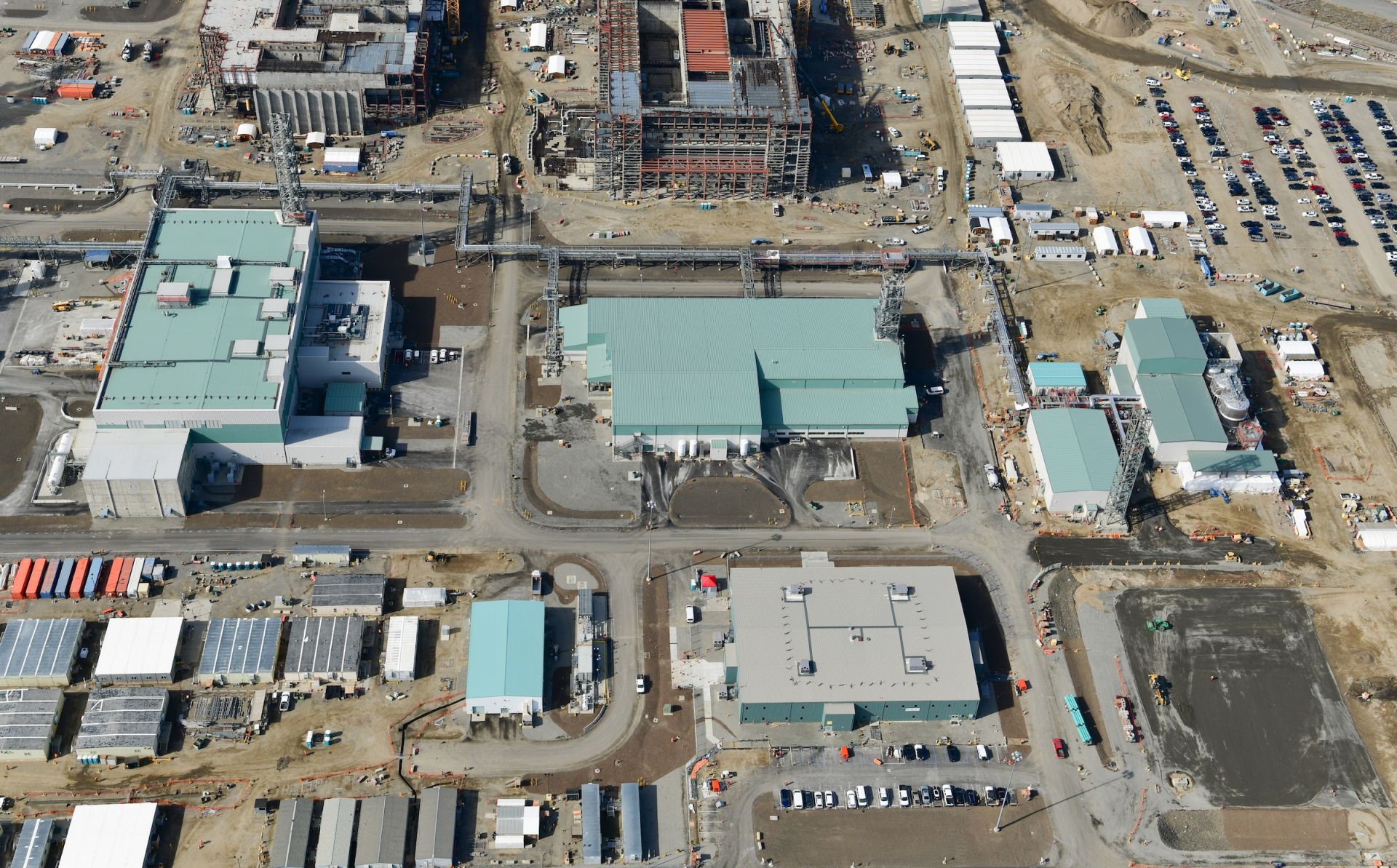
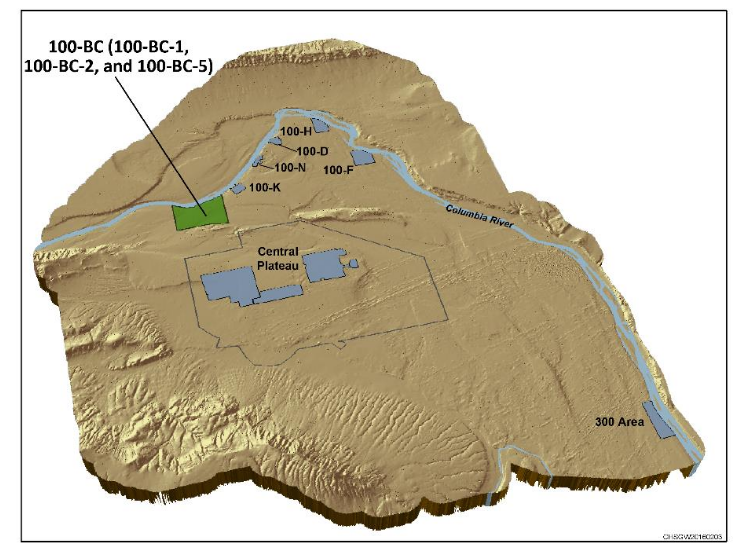 within the Hanford Site.png)
